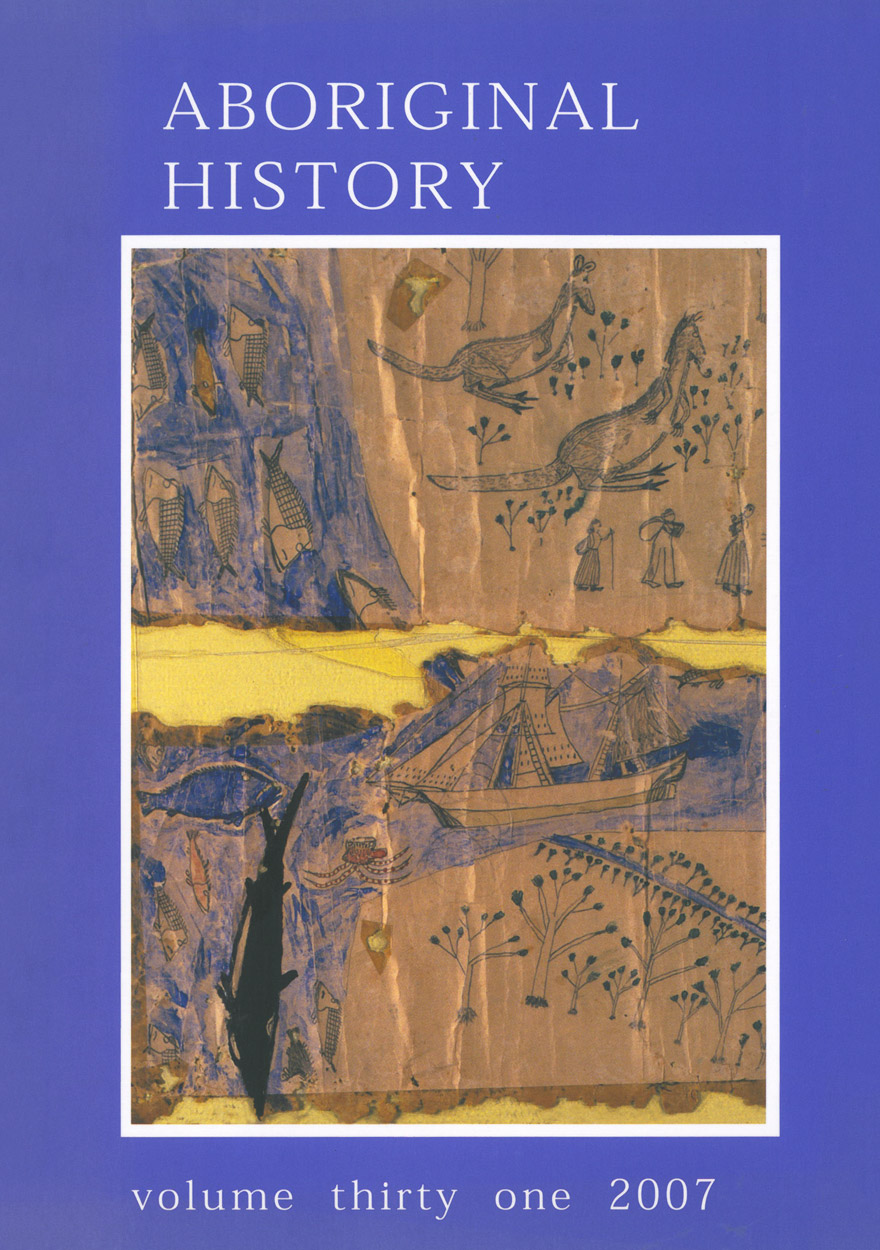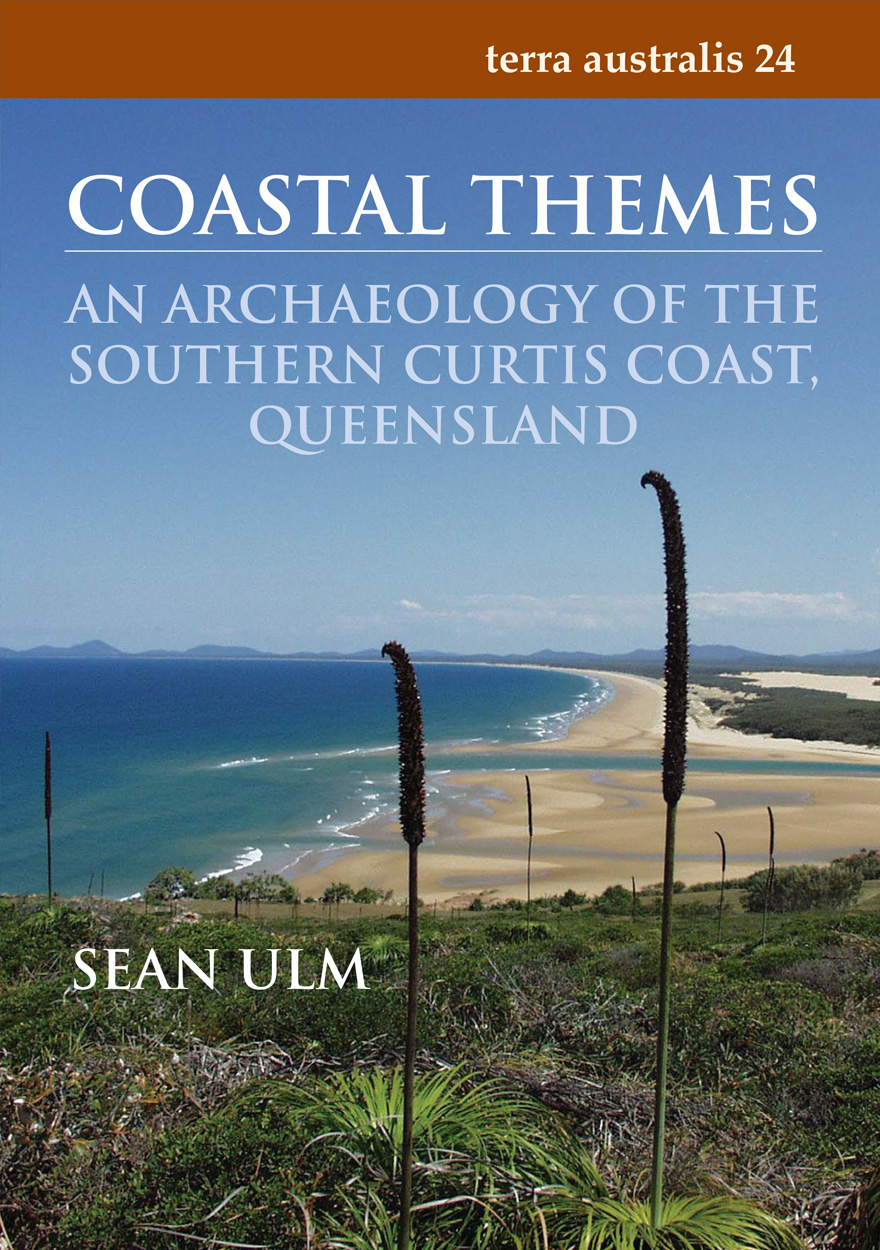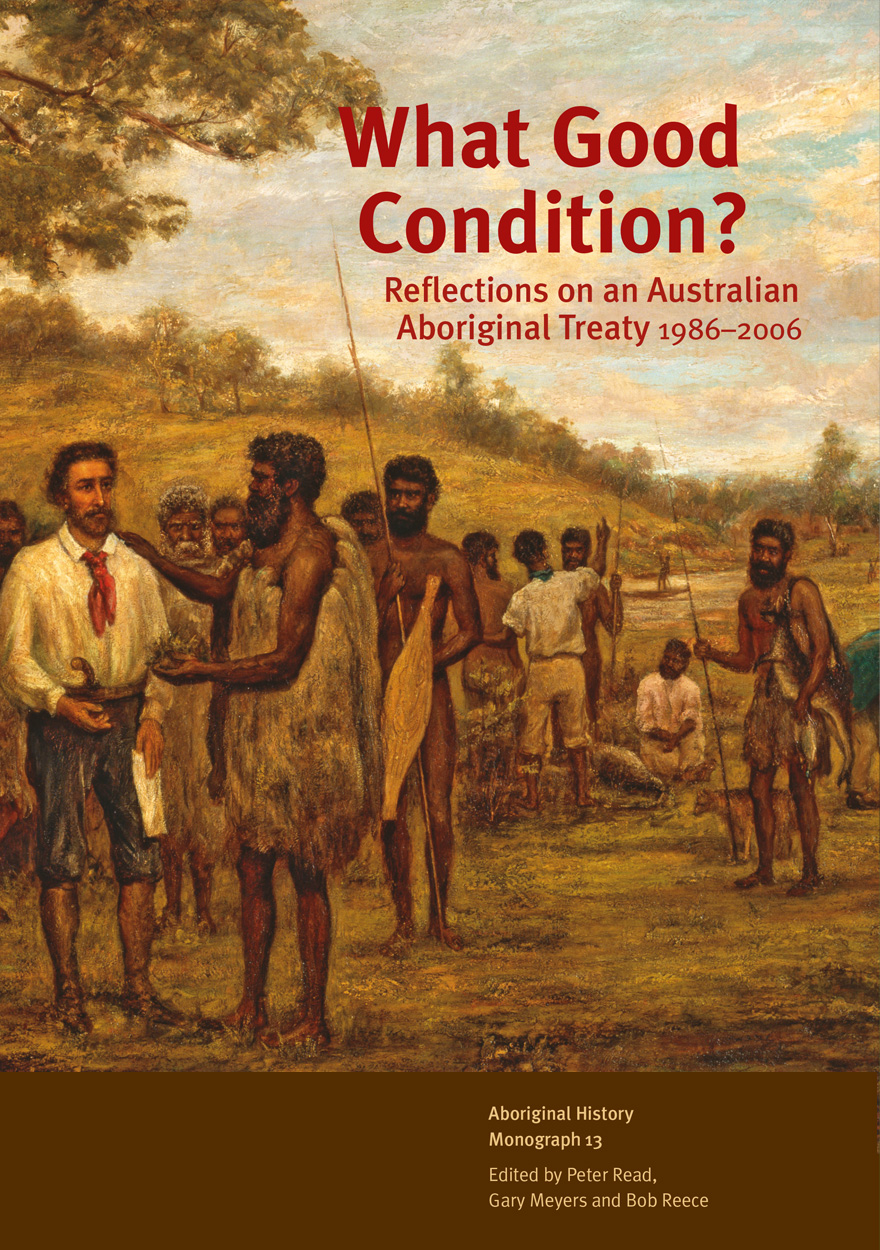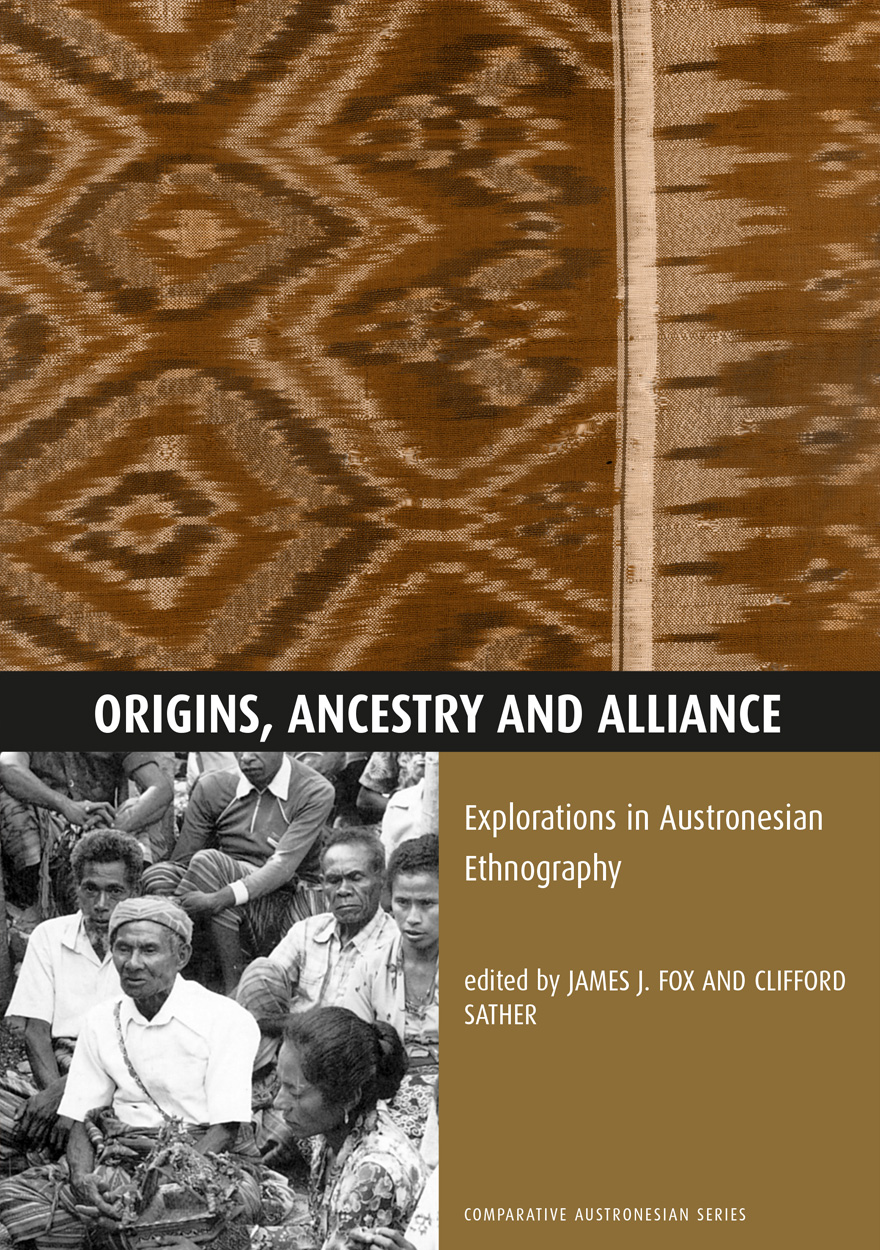Search titles
Displaying results 161 to 170 of 208.

Agenda - A Journal of Policy Analysis and Reform: Volume 14, Number 1, 2007 »
Edited by: Franco Papandrea, Graeme Wells
Publication date: April 2007
Agenda is a refereed, ECONLIT-indexed and RePEc-listed journal of the College of Business and Economics, The Australian National University. Launched in 1994, Agenda provides a forum for debate on public policy, mainly (but not exclusively) in Australia and New Zealand. It deals largely with economic issues but gives space to social and legal policy and also to the moral and philosophical foundations and implications of policy.
Subscribe to the Agenda Alerting service if you wish to be advised on forthcoming or new issues.
Download for free
Not available for purchase

Pieces of the Vanuatu Puzzle »
Archaeology of the North, South and Centre
Authored by: Stuart Bedford
Publication date: February 2007
Pieces of the Vanuatu Puzzle presents the results of the most intensive and widespread archaeological investigations in Vanuatu for more than 30 years. For the first time the results of extensive excavations carried out on three islands in the archipelago are published. The sites span from the period of initial Lapita settlement through to later cultural transformations. The research has brought greater clarity to the early history of the Vanuatu archipelago and has wider implications for the region in general particularly in terms of how processes of cultural change are explained.
It is an essential reference work both for those archaeologists working in the western Pacific but also for those who deal with material culture generally and pottery more specifically.

What's Changing: Population Size or Land-Use Patterns? »
The archaeology of Upper Mangrove Creek, Sydney Basin
Authored by: Val Attenbrow
Publication date: February 2007
The Upper Mangrove Creek catchment was an ideal locality in which to undertake field investigation into Aboriginal use of the coastal hinterland. The area, 101 square kilometres in size, is rich in sites that provided significant archaeological evidence of Aboriginal use of the coastal hinterland. The catchment became the focus of major archaeological salvage work in the late 1970s, prior to the construction of the Mangrove Creek Dam. Further research, undertaken by Val Attenbrow, on the total catchment expanded upon the results of earlier work. This monograph describes the later research project and summarises the salvage program results. This evidence is used by the author to explore current research issues relating to the interpretation of the mid- to late-Holocene archaeological record in Australia, particularly quantitative changes relating to population numbers and aspects of human behaviour, such as risk management, subsistence, mobility and land-use patterns.

Aboriginal History Journal: Volume 31 »
Publication date: 2007
Since 1977, the journal Aboriginal History has pioneered interdisciplinary historical studies of Australian Aboriginal people’s and Torres Strait Islander’s interactions with non-Indigenous peoples. It has promoted publication of Indigenous oral traditions, biographies, languages, archival and bibliographic guides, previously unpublished manuscript accounts, critiques of current events, and research and reviews in the fields of anthropology, archaeology, sociology, linguistics, demography, law, geography and cultural, political and economic history.
Aboriginal History Inc. is a publishing organisation based in the Australian Centre for Indigenous History, Research School of Social Sciences, The Australian National University, Canberra.
For more information on Aboriginal History Inc. please visit aboriginalhistory.org.au.
Download for free
Not available for purchase

Coastal Themes »
An Archaeology of the Southern Curtis Coast, Queensland
Authored by: Sean Ulm
Publication date: December 2006
Coastal archaeology in Australia differs in many respects from that of other areas, with the potential to examine relatively fine-scale variation. Nevertheless, there has been a general tendency in Australian archaeology to play down the variability and to subsume the evidence into broader homogenising models of Aboriginal cultural change. This case study clearly and self-consciously addresses the need to focus on local and regional patterns before moving on to more general levels of explanation.
Coastal Themes builds a detailed chronology of Aboriginal occupation for the southern Curtis Coast in Queensland. Innovative analyses refine radiocarbon dates and explore discard behaviours and post-depositional processes affecting the integrity of coastal archaeological sites. The resulting insights highlight major changes in Aboriginal use of this region over the last 5,000 years and disjunctions between the course of occupation in this and adjacent regions.

What Good Condition? »
Reflections on an Australian Aboriginal Treaty 1986–2006
Edited by: Peter Read, Gary Meyers, Bob Reece
Publication date: December 2006
What Good Condition? collects edited papers, initially delivered at the Treaty Advancing Reconciliation conference, on the proposal for a treaty between Aboriginal and non-Aboriginal Australians, a proposal which has been discussed and dissected for nearly 30 years.
Featuring contributions from prominent Aboriginal community leaders, legal experts and academics, this capacious work provides an overview of the context and legacy of the residue of treaty proposals and negotiations in past decades; a consideration of the implications of treaty in an Indigenous, national and international context; and, finally, some reflections on regional aspirations and achievements.
For more information on Aboriginal History Inc. please visit aboriginalhistory.org.au.

Australian Political Lives »
Chronicling political careers and administrative histories
Edited by: Tracey Arklay, John Nethercote, John Wanna
Publication date: October 2006
This monograph brings together some of the best practitioners of the art and craft of political biography in Australia. They are simultaneously some of our best scholars who, at least in part, have turned their attention to writing Australian political lives. They are not merely chroniclers of our times but multidisciplinary analysts constructing layers of explanation and theoretical insight. They include academic, professional and amateur biographers; scholars from a range of disciplines (politics, history, sociology, public administration, gender studies); and politicians who for a time strutted the political stage. The assembled papers explore the strengths and weaknesses of the biographical approach; the enjoyment it can deliver; the problems and frustrations of writing biographies; and the various ways the ‘project’ can be approached by those constructing these lives. They probe the art and craft of the political biographer.

Origins, Ancestry and Alliance »
Explorations in Austronesian Ethnography
Edited by: James J. Fox, Clifford Sather
Publication date: October 2006
This collection of papers, the third in a series of volumes on the work of the Comparative Austronesian Project, explores indigenous Austronesian ideas of origin, ancestry and alliance and considers the comparative significance of these ideas in social practice. The papers examine social practice in a diverse range of societies extending from insular Southeast Asia to the islands of the Pacific.

Assessing the Evidence on Indigenous Socioeconomic Outcomes »
A focus on the 2002 NATSISS
Edited by: Boyd Hunter
Publication date: June 2006
This monograph presents the peer-reviewed proceedings of the CAEPR conference on Indigenous Socioeconomic Outcomes: Assessing Recent Evidence, held at The Australian National University in August 2005. It presents the latest evidence on Indigenous economic and social status, and family and community life, and discusses its implications for government policy.
The main focus of this volume is on analysing the 2002 National Aboriginal and Torres Strait Islander Social Survey (NATSISS) outputs and issues about how to interpret the data. It also offers some assessment of changes in Indigenous social conditions over time and examines how Indigenous people fared vis-à-vis other Australians in other statistical collections. The discussion of the broad Indigenous policy context by three prominent Indigenous Australians—Larissa Berhendt, Tom Calma, and Geoff Scott—explores different perspectives.

Connected Worlds »
History in Transnational Perspective
Edited by: Ann Curthoys, Marilyn Lake
Publication date: March 2006
This volume brings together historians of imperialism and race, travel and modernity, Islam and India, the Pacific and the Atlantic to show how a ‘transnational’ approach to history offers fresh insights into the past. Transnational history is a form of scholarship that has been revolutionising our understanding of history in the last decade. With a focus on interconnectedness across national borders of ideas, events, technologies and individual lives, it moves beyond the national frames of analysis that so often blinker and restrict our understanding of the past. Many of the essays also show how expertise in ‘Australian history’ can contribute to and benefit from new transnational approaches to history. Through an examination of such diverse subjects as film, modernity, immigration, politics and romance, Connected Worlds weaves an historical matrix which transports the reader beyond the local into a realm which re-defines the meaning of humanity in all its complexity. Contributors include Tony Ballantyne, Desley Deacon, John Fitzgerald, Patrick Wolfe and Angela Woollacott.
At the XIII Biennial Conference of The Film and History Association of Australia and New Zealand, Jill Julius Matthews was presented with an award for Best Book Chapter: ‘Modern nomads and national film history: the multi-continental career of J. D. Williams’ in Ann Curthoys and Marilyn Lake (eds), Connected Worlds: History in Transnational Perspective, Canberra: ANU E Press, 2006, pp. 157-169



